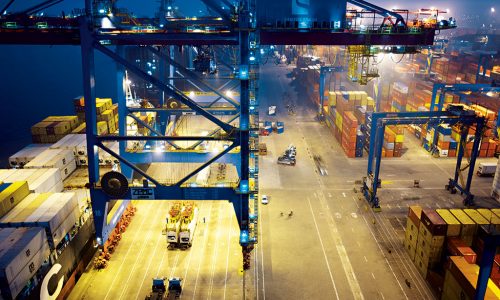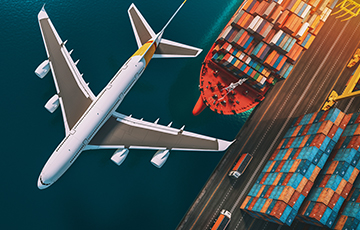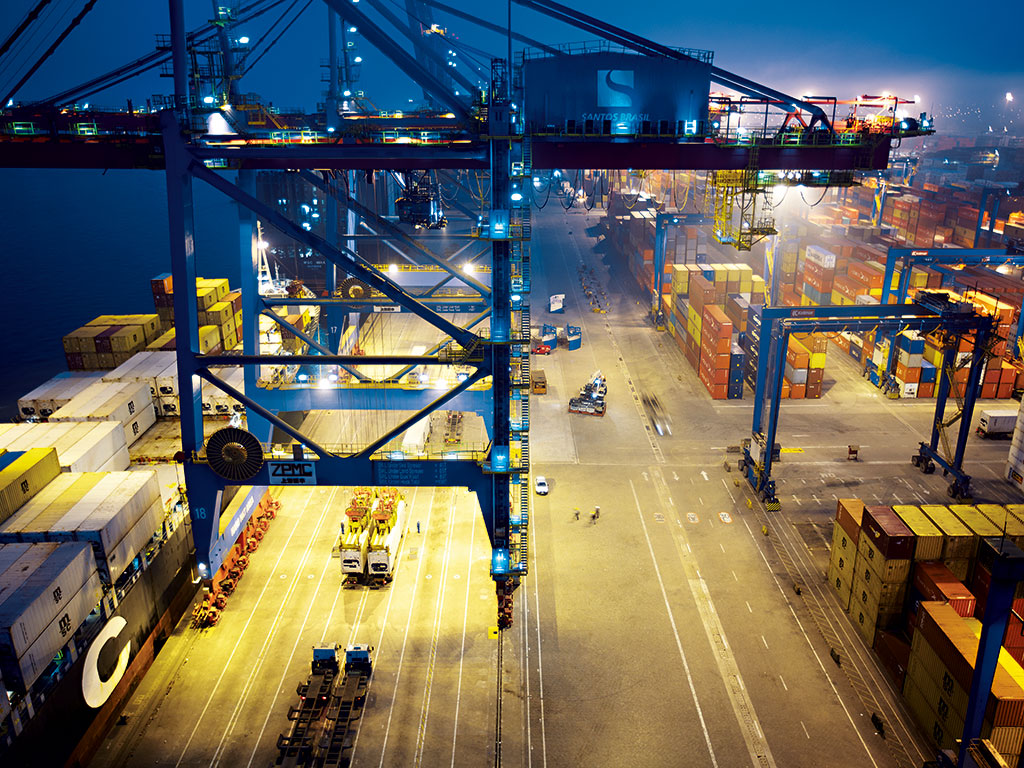In Case of Accident That Leads to Goods Loss Who Is to Blame?
- Sahan Cargo
- Goods loss, Shipping goods
- 0 Comments
In the shipping industry, as well as other transportation industries, goods get damaged during transit or even lost during the same process. The responsibility of the goods loss or damage is an issue that quite a number of consumers face when shipping the goods. Among the major modes of transportation, there are several challenges and different intensity of risks associated with loss or damages during transit. These risks are shared among the three parties involved, the private carrier, the seller and the buyer.
Package loss or damage and the risk to the seller or the buyer
In this aspect, there is a possibility of conflicts when it comes to the relationship between the seller and the buyer whenever there is loss or damage of the product sold or purchased. Thus, the need to engage in a contract that stipulate who is to carry the burden of loss when a package is lost or damaged while in transit. This however varies from one jurisdiction to the next where in some countries, the goods purchased get to the ownership of the owner the moment they get to their possession. This means that the goods remain the responsibility of the seller until delivered to the consumer.
In Victoria for instance, the implementation of the 1958 Good Act, provides that: –
“Unless otherwise agreed the goods remain at the seller’s risk until the property therein is transferred to the buyer, but when the property therein is transferred to the buyer the goods are at the buyer’s risk whether delivery has been made or not…”
Damage, loss and the risks to the private carrier
This is not regulated in most countries. However, there are some countries that have these regulations does not exist and thus, it is advisable to consider the terms of the contract. Carriers are responsible or taking care of the goods and ensuring that they get to the consumer safely. Thus, they are responsible for failing to take care of the goods leading to damage. Private carriers can also be liable for acts of their employees which are undertaken in the course of their employment, including in certain cases of theft by the employee.
This prompts the carrier to have a statement of liability in their relevant contract when dealing with shipping and transportation of the same. This statement prompts the extent within which they are responsible for the goods entrusted to them. In any case, these terms will be dependent upon standard contracting law and specifically, laws identifying with uncalled for contract terms. Further, the utilization of constraint and rejection provision has impediments and by and large can’t be utilized to stay away from obligation for carelessness, conscious demonstrations of wrongdoing or deluding and misleading behavior.
In New Zealand, for instance, the Contract and commercial Law Act 2017 provides various types of conditions that the responsibility of the goods damaged during transit lies. The contract for carriage at owner’s risk states that the carrier is not responsible for any loss unless it is intentionally instigated by the carrier. A contract declared value risk indicate that the carrier is responsible for loss of damage for properties within a specific value range. A contract on declared terms has terms within which the carrier is liable for. Lastly, a contract for limited carrier’s risk indicate that the carrier will be responsible up to a certain amount.
Reducing your risk
With there being no way to completely eliminate the risks associated with the damage of goods and products during transit, it is crucial that all the parties involved have a clear understanding on where the risk fall. Thus, Sahan Cargo will provide you with a clear contractual form that is indicative of the risks and the responsibilities before engaging in a contract. This document will include; the responsibilities of each party, when ownership in the goods passes, when risk for loss or damage to the goods passes, and an acknowledgement for both parties to the terms.








